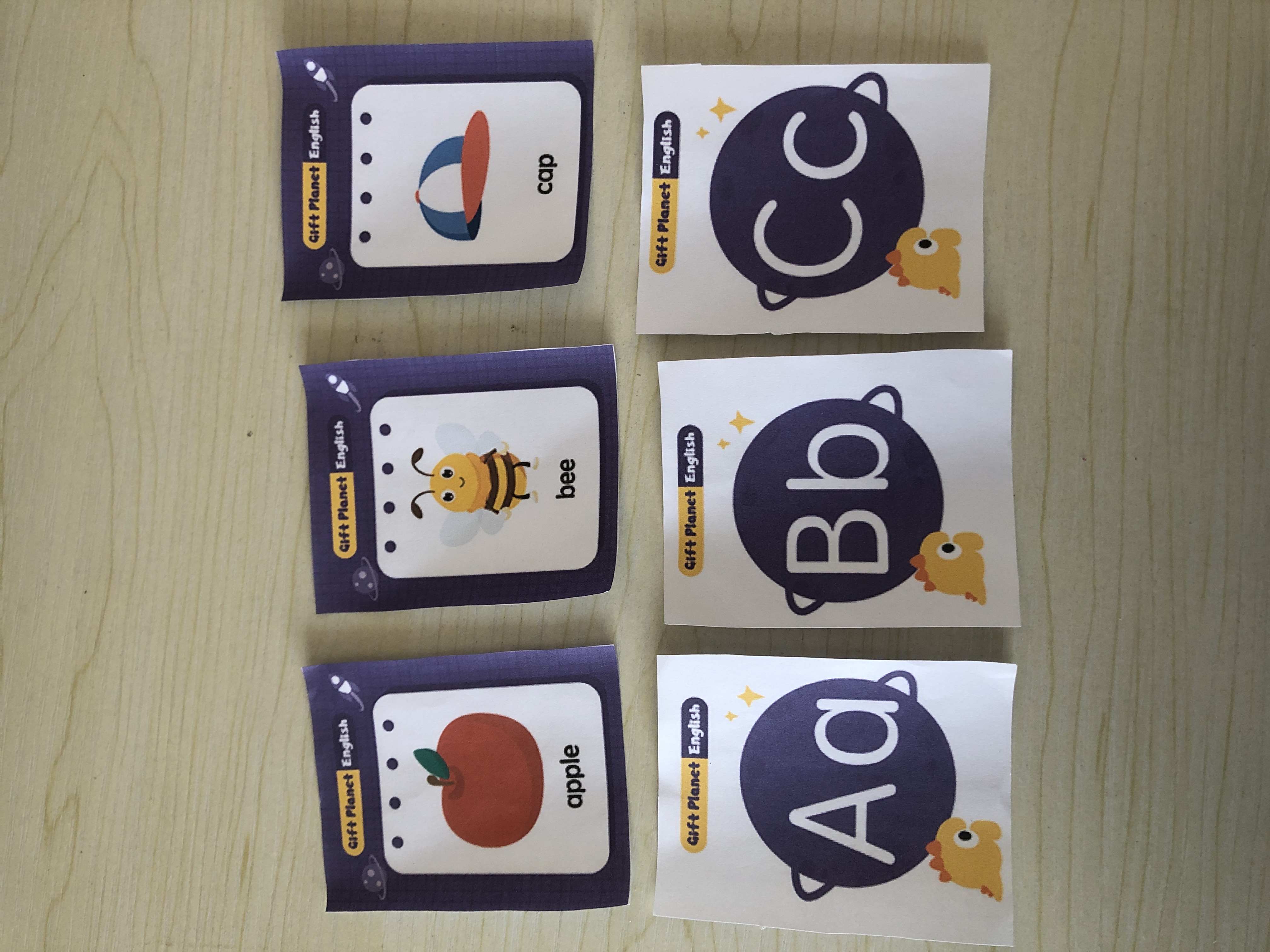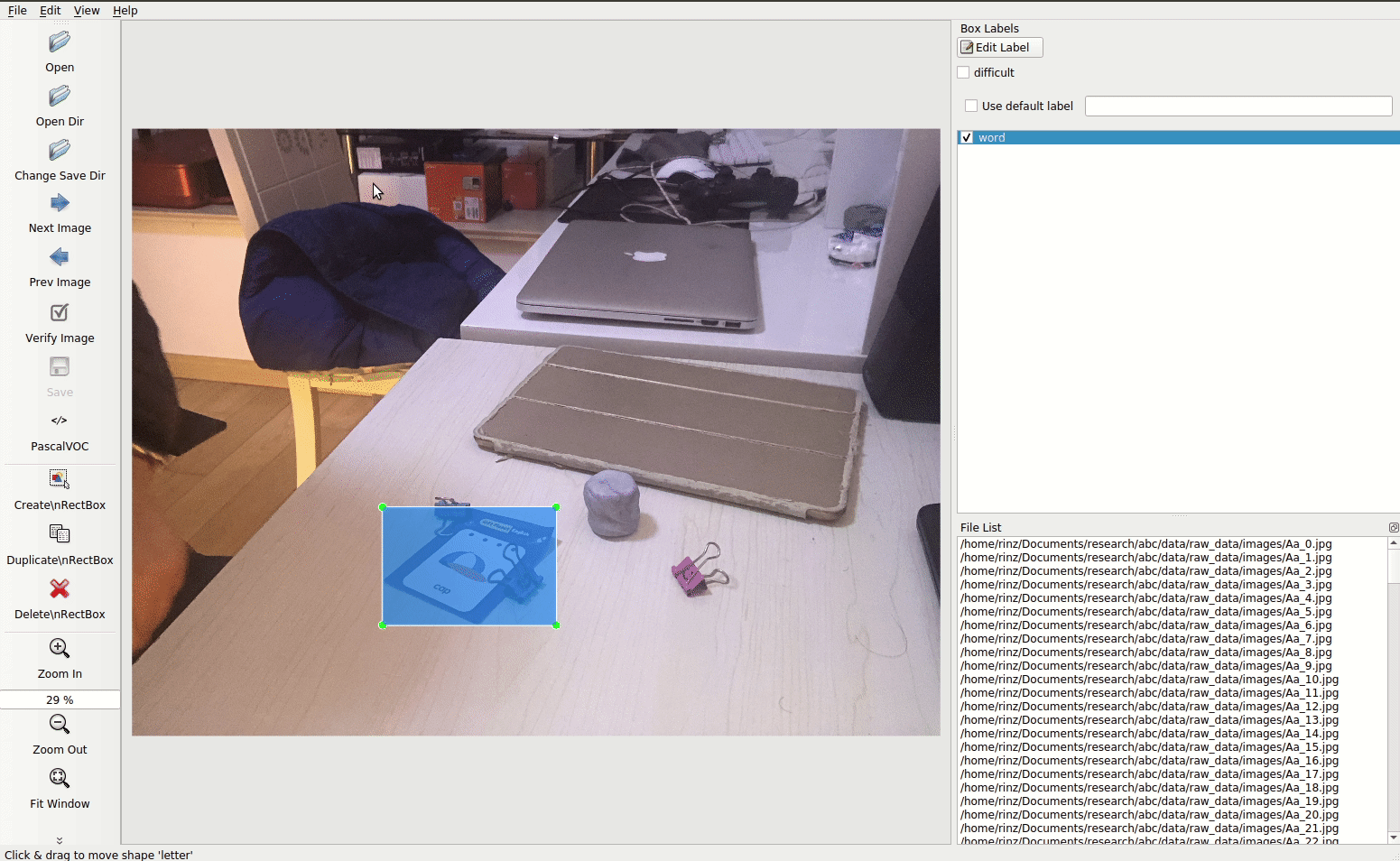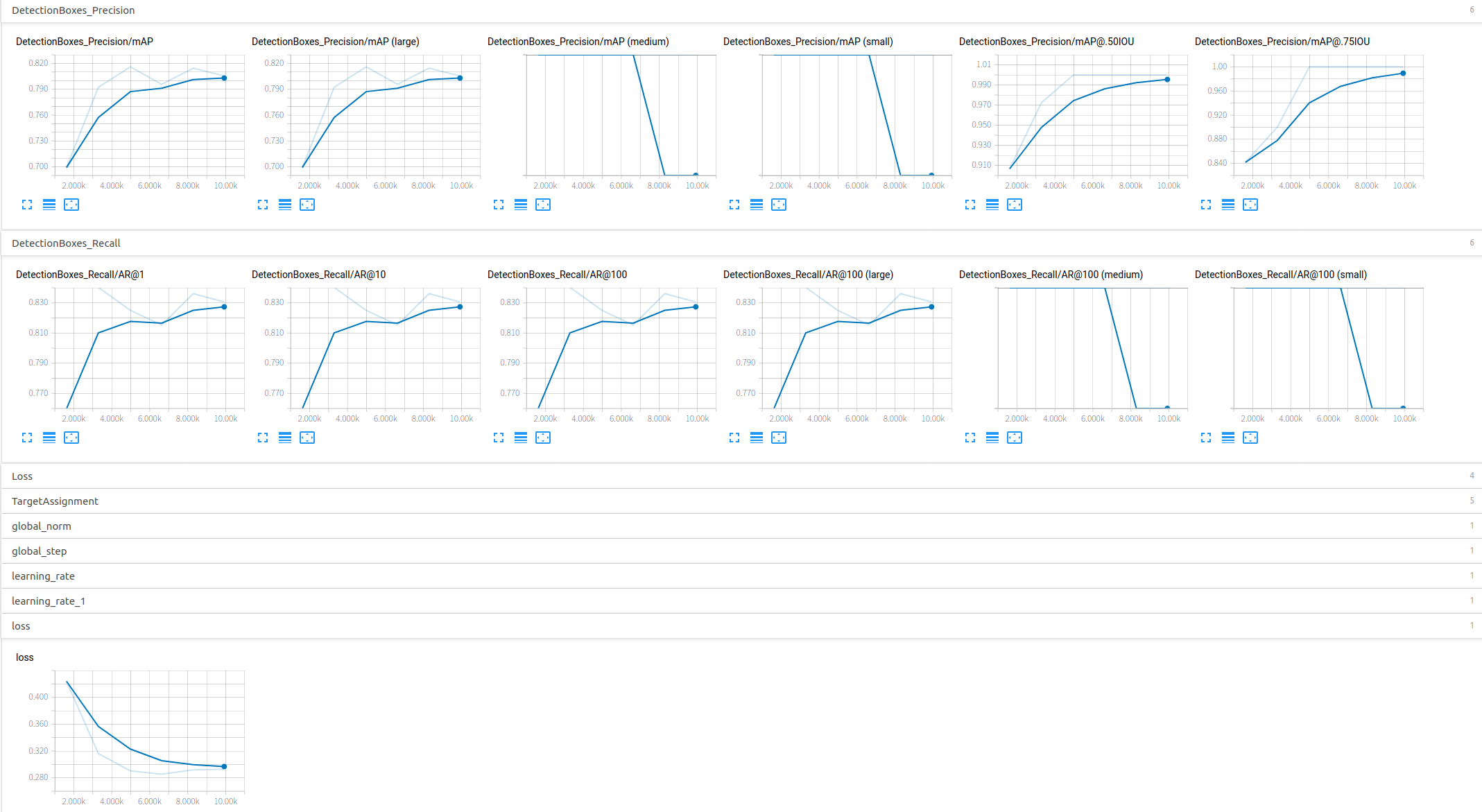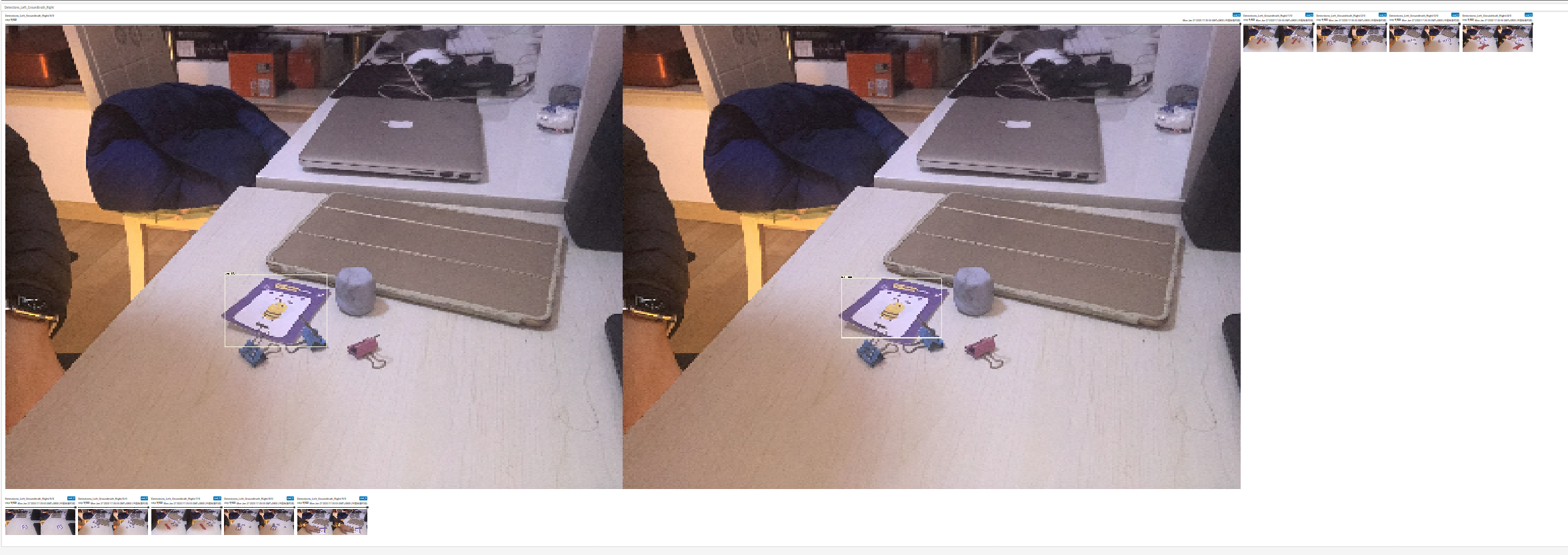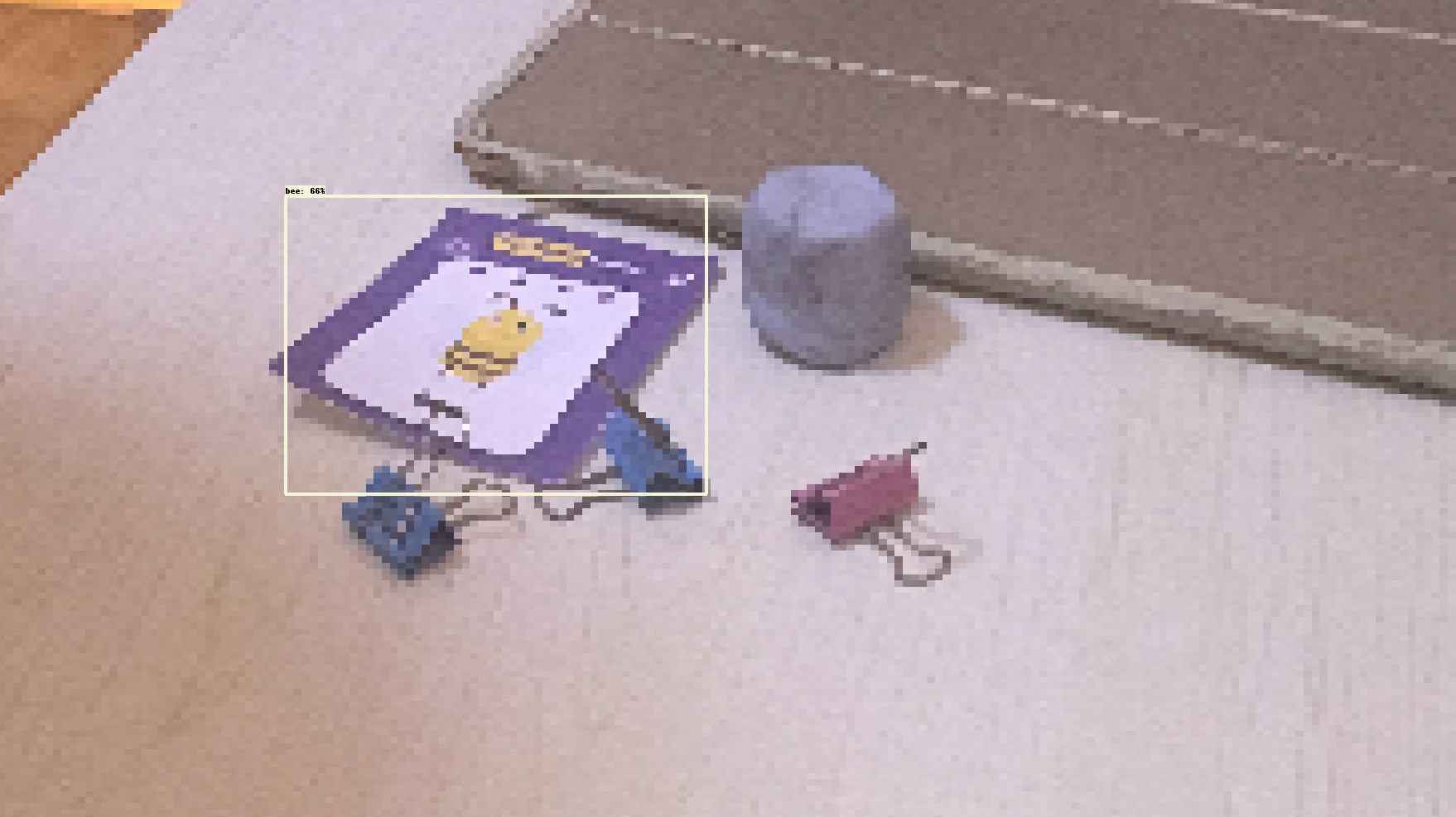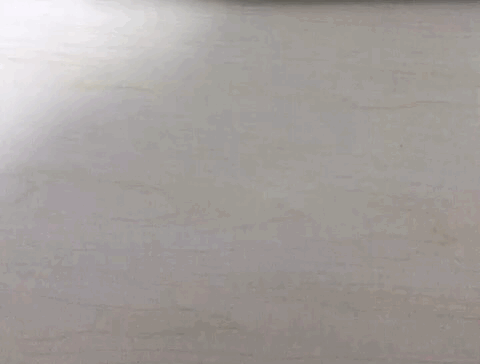1
2
3
4
5
6
7
8
9
10
11
12
13
14
15
16
17
18
19
20
21
22
23
24
25
26
27
28
29
30
31
32
33
34
35
36
37
38
39
40
41
42
43
44
45
46
47
48
49
50
51
52
53
54
55
56
57
58
59
60
61
62
63
64
65
66
67
68
69
70
71
72
73
74
75
76
77
78
79
80
81
82
83
84
85
86
87
88
89
90
91
92
93
94
95
96
97
98
99
100
101
102
103
104
105
106
107
108
109
110
111
112
113
114
115
116
117
118
119
120
121
122
123
124
125
126
127
128
129
130
131
132
133
134
135
136
137
138
139
140
141
142
143
144
145
146
147
148
149
150
151
152
153
154
155
156
157
158
159
160
161
162
163
164
165
166
167
168
169
170
171
172
173
174
175
176
177
178
179
180
181
182
183
184
185
186
187
188
189
190
191
192
193
194
195
196
197
198
199
200
201
202
203
204
205
206
207
208
209
210
211
212
213
214
215
216
217
218
219
220
221
222
223
224
225
226
227
228
229
230
231
232
233
234
235
236
237
238
239
240
241
242
243
244
245
246
247
| import hashlib
import io
import logging
import os
import random
import re
import contextlib2
from lxml import etree
import numpy as np
import PIL.Image
import tensorflow as tf
from object_detection.dataset_tools import tf_record_creation_util
from object_detection.utils import dataset_util
from object_detection.utils import label_map_util
flags = tf.app.flags
flags.DEFINE_string('data_dir', '/research/abc/data/raw_data', 'Root directory to raw pet dataset.')
flags.DEFINE_string('output_dir', '/research/abc/data', 'Path to directory to output TFRecords.')
flags.DEFINE_string('label_map_path', '/research/abc/data/abc_label_map.pbtxt',
'Path to label map proto')
flags.DEFINE_boolean('faces_only', True, 'If True, generates bounding boxes '
'for pet faces. Otherwise generates bounding boxes (as '
'well as segmentations for full pet bodies). Note that '
'in the latter case, the resulting files are much larger.')
flags.DEFINE_string('mask_type', 'png', 'How to represent instance '
'segmentation masks. Options are "png" or "numerical".')
flags.DEFINE_integer('num_shards', 1, 'Number of TFRecord shards')
FLAGS = flags.FLAGS
def get_class_name_from_filename(file_name):
"""Gets the class name from a file.
Args:
file_name: The file name to get the class name from.
ie. "american_pit_bull_terrier_105.jpg"
Returns:
A string of the class name.
"""
match = re.match(r'([A-Za-z_]+)(_[0-9]+\.jpg)', file_name, re.I)
return match.groups()[0]
def dict_to_tf_example(data,
label_map_dict,
image_subdirectory,
ignore_difficult_instances=False,
faces_only=True,
mask_type='png'):
"""Convert XML derived dict to tf.Example proto.
Notice that this function normalizes the bounding box coordinates provided
by the raw data.
Args:
data: dict holding PASCAL XML fields for a single image (obtained by
running dataset_util.recursive_parse_xml_to_dict)
mask_path: String path to PNG encoded mask.
label_map_dict: A map from string label names to integers ids.
image_subdirectory: String specifying subdirectory within the
Pascal dataset directory holding the actual image data.
ignore_difficult_instances: Whether to skip difficult instances in the
dataset (default: False).
faces_only: If True, generates bounding boxes for pet faces. Otherwise
generates bounding boxes (as well as segmentations for full pet bodies).
mask_type: 'numerical' or 'png'. 'png' is recommended because it leads to
smaller file sizes.
Returns:
example: The converted tf.Example.
Raises:
ValueError: if the image pointed to by data['filename'] is not a valid JPEG
"""
img_path = os.path.join(image_subdirectory, data['filename'])
with tf.gfile.GFile(img_path, 'rb') as fid:
encoded_jpg = fid.read()
encoded_jpg_io = io.BytesIO(encoded_jpg)
image = PIL.Image.open(encoded_jpg_io)
if image.format != 'JPEG':
raise ValueError('Image format not JPEG')
key = hashlib.sha256(encoded_jpg).hexdigest()
width = int(data['size']['width'])
height = int(data['size']['height'])
xmins = []
ymins = []
xmaxs = []
ymaxs = []
classes = []
classes_text = []
truncated = []
poses = []
difficult_obj = []
masks = []
if 'object' in data:
for obj in data['object']:
difficult = bool(int(obj['difficult']))
if ignore_difficult_instances and difficult:
continue
difficult_obj.append(int(difficult))
if faces_only:
xmin = float(obj['bndbox']['xmin'])
xmax = float(obj['bndbox']['xmax'])
ymin = float(obj['bndbox']['ymin'])
ymax = float(obj['bndbox']['ymax'])
xmins.append(xmin / width)
ymins.append(ymin / height)
xmaxs.append(xmax / width)
ymaxs.append(ymax / height)
class_name = get_class_name_from_filename(data['filename'])
classes_text.append(class_name.encode('utf8'))
classes.append(label_map_dict[class_name])
truncated.append(int(obj['truncated']))
poses.append(obj['pose'].encode('utf8'))
feature_dict = {
'image/height': dataset_util.int64_feature(height),
'image/width': dataset_util.int64_feature(width),
'image/filename': dataset_util.bytes_feature(
data['filename'].encode('utf8')),
'image/source_id': dataset_util.bytes_feature(
data['filename'].encode('utf8')),
'image/key/sha256': dataset_util.bytes_feature(key.encode('utf8')),
'image/encoded': dataset_util.bytes_feature(encoded_jpg),
'image/format': dataset_util.bytes_feature('jpeg'.encode('utf8')),
'image/object/bbox/xmin': dataset_util.float_list_feature(xmins),
'image/object/bbox/xmax': dataset_util.float_list_feature(xmaxs),
'image/object/bbox/ymin': dataset_util.float_list_feature(ymins),
'image/object/bbox/ymax': dataset_util.float_list_feature(ymaxs),
'image/object/class/text': dataset_util.bytes_list_feature(classes_text),
'image/object/class/label': dataset_util.int64_list_feature(classes),
'image/object/difficult': dataset_util.int64_list_feature(difficult_obj),
'image/object/truncated': dataset_util.int64_list_feature(truncated),
'image/object/view': dataset_util.bytes_list_feature(poses),
}
example = tf.train.Example(features=tf.train.Features(feature=feature_dict))
return example
def create_tf_record(output_filename,
num_shards,
label_map_dict,
annotations_dir,
image_dir,
examples,
faces_only=True,
mask_type='png'):
"""Creates a TFRecord file from examples.
Args:
output_filename: Path to where output file is saved.
num_shards: Number of shards for output file.
label_map_dict: The label map dictionary.
annotations_dir: Directory where annotation files are stored.
image_dir: Directory where image files are stored.
examples: Examples to parse and save to tf record.
faces_only: If True, generates bounding boxes for pet faces. Otherwise
generates bounding boxes (as well as segmentations for full pet bodies).
mask_type: 'numerical' or 'png'. 'png' is recommended because it leads to
smaller file sizes.
"""
with contextlib2.ExitStack() as tf_record_close_stack:
output_tfrecords = tf_record_creation_util.open_sharded_output_tfrecords(
tf_record_close_stack, output_filename, num_shards)
for idx, example in enumerate(examples):
if idx % 100 == 0:
logging.info('On image %d of %d', idx, len(examples))
xml_path = os.path.join(annotations_dir, 'xmls', example + '.xml')
if not os.path.exists(xml_path):
logging.warning('Could not find %s, ignoring example.', xml_path)
continue
with tf.gfile.GFile(xml_path, 'r') as fid:
xml_str = fid.read()
xml = etree.fromstring(xml_str)
data = dataset_util.recursive_parse_xml_to_dict(xml)['annotation']
try:
tf_example = dict_to_tf_example(
data,
label_map_dict,
image_dir,
faces_only=faces_only,
mask_type=mask_type)
if tf_example:
shard_idx = idx % num_shards
output_tfrecords[shard_idx].write(tf_example.SerializeToString())
except ValueError:
logging.warning('Invalid example: %s, ignoring.', xml_path)
def main(_):
data_dir = FLAGS.data_dir
label_map_dict = label_map_util.get_label_map_dict(FLAGS.label_map_path)
logging.info('Reading from abc dataset.')
image_dir = os.path.join(data_dir, 'images')
annotations_dir = os.path.join(data_dir, 'annotations')
examples_path = os.path.join(annotations_dir, 'trainval.txt')
examples_list = dataset_util.read_examples_list(examples_path)
print(examples_list)
random.seed(42)
random.shuffle(examples_list)
num_examples = len(examples_list)
num_train = int(0.8 * num_examples)
train_examples = examples_list[:num_train]
val_examples = examples_list[num_train:]
logging.info('%d training and %d validation examples.',
len(train_examples), len(val_examples))
train_output_path = os.path.join(FLAGS.output_dir, 'abc_train.record')
val_output_path = os.path.join(FLAGS.output_dir, 'abc_val.record')
create_tf_record(
train_output_path,
FLAGS.num_shards,
label_map_dict,
annotations_dir,
image_dir,
train_examples,
faces_only=FLAGS.faces_only,
mask_type=FLAGS.mask_type)
create_tf_record(
val_output_path,
FLAGS.num_shards,
label_map_dict,
annotations_dir,
image_dir,
val_examples,
faces_only=FLAGS.faces_only,
mask_type=FLAGS.mask_type)
if __name__ == '__main__':
tf.app.run()
|
